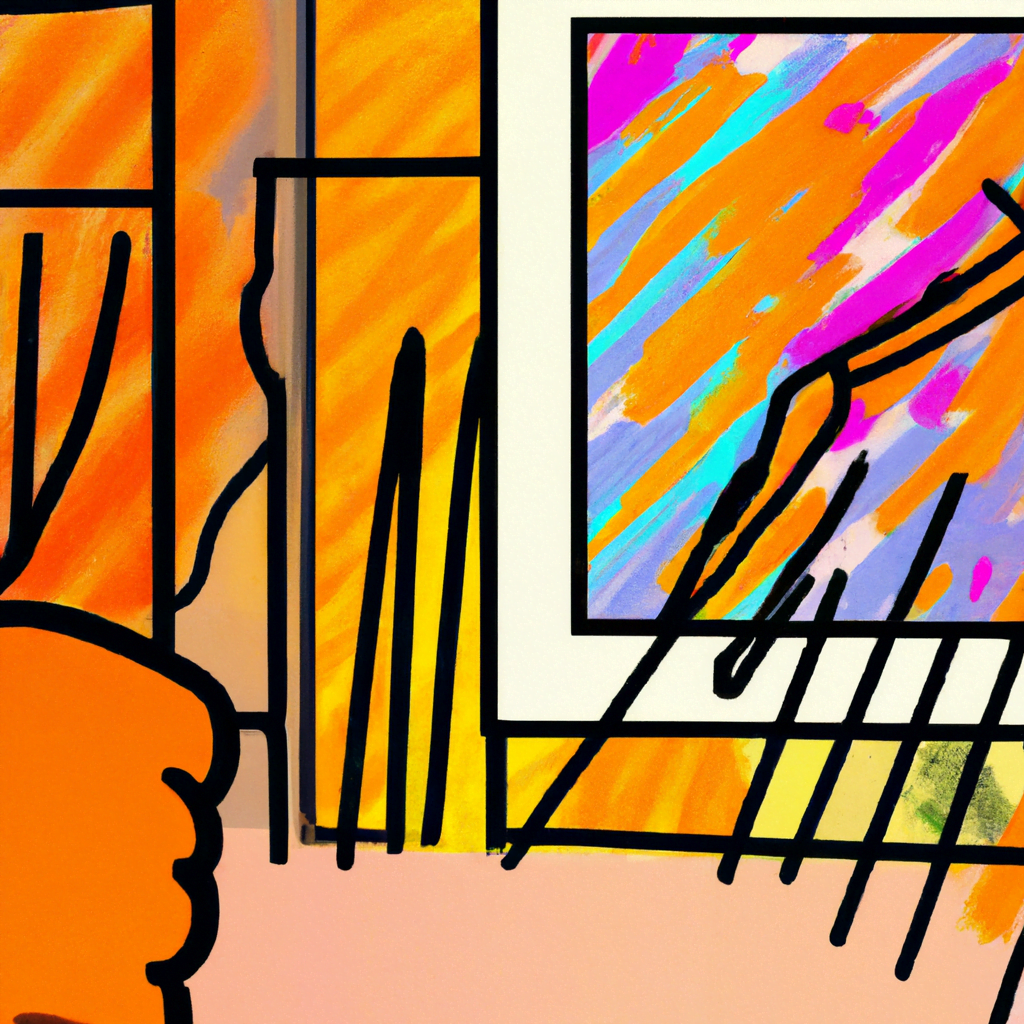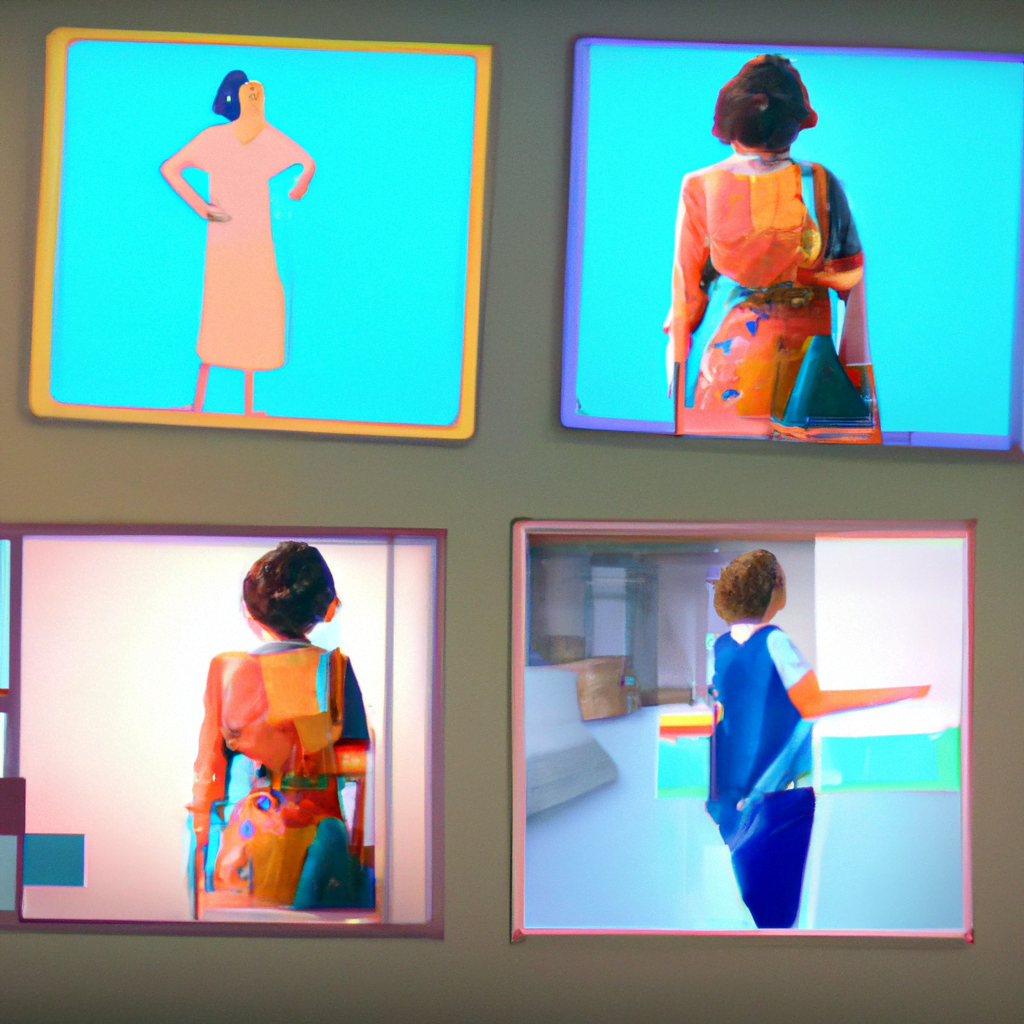
Tips for Creating Illustrations with a Collage Aesthetic

Illustrations with a collage aesthetic have gained popularity in recent years, offering a unique and visually appealing style that can be used in various creative projects. Whether you are a professional illustrator or a hobbyist looking to explore new techniques, incorporating a collage aesthetic into your illustrations can add depth, texture, and a sense of nostalgia. In this article, we will explore some valuable tips and techniques to help you create illustrations with a collage aesthetic.
1. Gather Inspiration
Before diving into the creation process, it’s essential to gather inspiration from various sources. Look for examples of collage illustrations in books, magazines, online platforms, and art galleries. Pay attention to the colour schemes, composition, and overall style of the illustrations that catch your eye. By studying existing collage artworks, you can gain a better understanding of the techniques and elements that make them visually appealing.
2. Choose Your Materials
The materials you choose for your collage illustrations play a crucial role in achieving the desired aesthetic. Consider using a combination of traditional and digital materials to create a unique blend of textures. Some common materials used in collage illustrations include:
- Old magazines and newspapers
- Hand-painted papers
- Photographs
- Found objects
- Textures and patterns
Experiment with different materials to find the ones that resonate with your artistic vision. Don’t be afraid to mix and match materials to create interesting and unexpected combinations.
3. Plan Your Composition
Before starting your illustration, it’s helpful to plan the composition. Consider the placement of different elements, the balance of colours, and the overall visual flow. Sketch out your ideas on paper or use digital tools to create a rough layout. This step will help you visualize the final result and make adjustments before committing to the collage process.
4. Experiment with Collage Techniques
Collage illustrations offer endless possibilities for experimentation. Here are some techniques you can try:
- Cut and Paste: The traditional cut and paste technique involves physically cutting out different elements and glueing them onto a surface. This technique allows for precise control over the placement of each element.
- Digital Collage: With the advancement of digital tools, you can create collage illustrations digitally. Use software like Adobe Photoshop or Illustrator to cut, layer, and blend different elements.
- Collage Over Painting: Start with a painted background and add collage elements on top. This technique adds depth and texture to your illustrations.
- Collage with Mixed Media: Combine collage with other art mediums like watercolour, acrylic, or ink to create unique effects.
Experimenting with different techniques will help you find your style and create illustrations that stand out.
5. Consider Color and Texture
Colour and texture are essential elements in creating a collage aesthetic. When selecting materials, consider the colour palette you want to work with. Look for materials that complement each other and create a harmonious composition. Additionally, explore different textures to add depth and visual interest to your illustrations. Combine smooth and rough textures to create contrast and tactile appeal.
6. Embrace Imperfections
One of the charms of collage illustrations is their imperfect and handmade quality. Embrace imperfections and let go of the need for perfection. Collage allows for happy accidents and unexpected outcomes that can add character to your illustrations. Don’t be afraid to experiment and take risks.
7. Incorporate Digital Editing
After completing your physical collage, consider incorporating digital editing to refine and enhance your illustration. Use software tools to adjust colours, contrast, and saturation. You can also experiment with filters and effects to add a unique touch to your artwork.
8. Share and Seek Feedback
Once you have created your collage illustrations, share them with others and seek feedback. Join online communities, art forums, or social media groups where you can showcase your work and receive constructive criticism. Feedback from fellow artists and art enthusiasts can help you improve your skills and gain new perspectives.
Summary
Creating illustrations with a collage aesthetic offers a unique and visually appealing style that can elevate your artwork. By gathering inspiration, choosing the right materials, planning your composition, experimenting with collage techniques, considering colour and texture, embracing imperfections, incorporating digital editing, and seeking feedback, you can create compelling and captivating collage illustrations. Remember, the key is to have fun, explore different techniques, and let your creativity shine.
